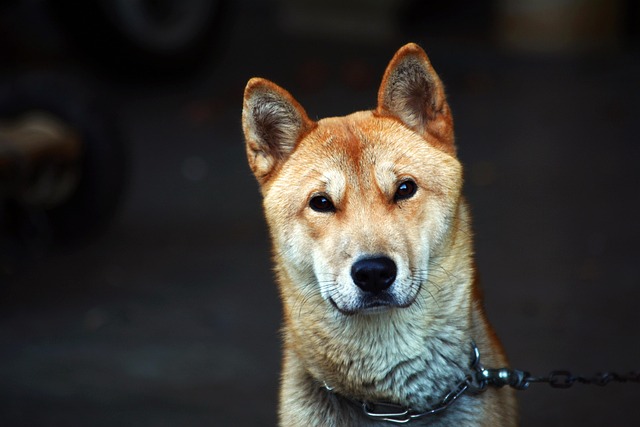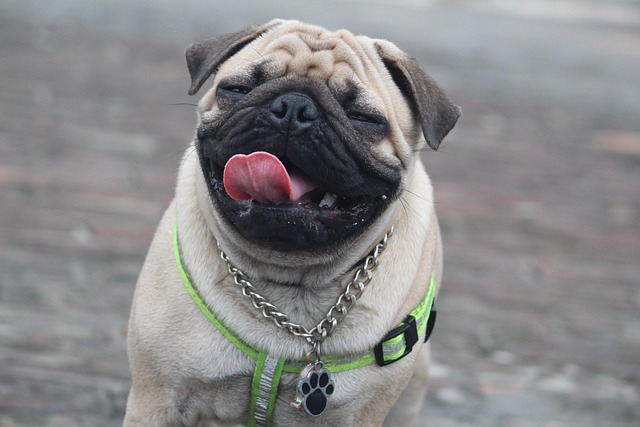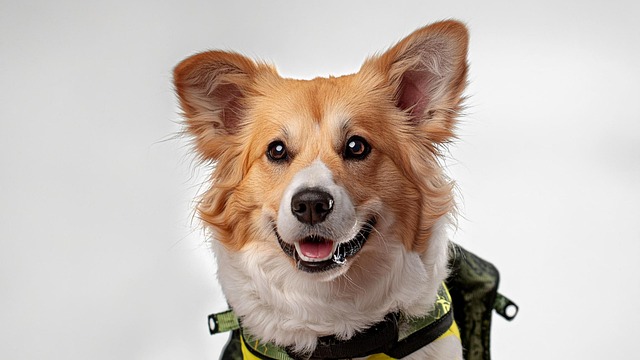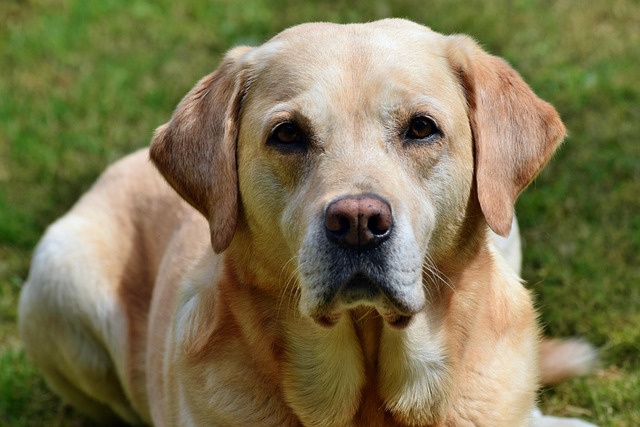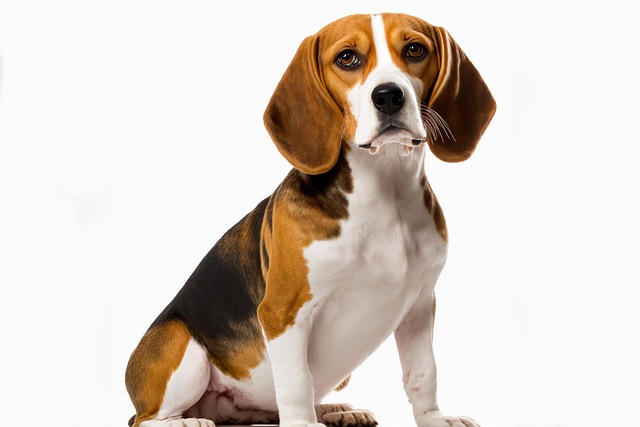That magical moment when your 9-week-old Golden Retriever pup tentatively sniffs their first leash? That’s your starting signal. Begin positive leash introduction indoors at 8-10 weeks – yes, the very week you bring them home – but save neighborhood walks until vaccines are complete (typically 16-18 weeks). Puppy brains are hyper-receptive before 14 weeks, making this the golden window for fear-free conditioning. Start with collar acclimation during cuddle sessions: let them wear it during meals for 5-minute intervals, rewarding calmness with chicken bits. When they ignore the gear, attach a lightweight leash and let them drag it under supervision while following cheese trails down your hallway. One family in Chicago avoided months of pulling by turning these early sessions into "follow the hot dog" games before ever stepping outdoors.
Here’s the non-negotiable: No public walks until full vaccination. Rabies and DHPP vaccines are legally required across U.S. states and EU countries, and parvo lives in soil – one sniff in an infected park can be fatal. Practice leash skills in your private yard or carry your pup to car rides for safe socialization. Always carry waste bags from day one; even small breeds must comply with clean-up laws (fines hit $750 in Boston for repeat offenses), and responsible disposal prevents disease spread in shared spaces.
Forget outdated methods – yanking leashes or using choke collars violates modern animal welfare standards and triggers panic. Instead, embrace positive reinforcement micro-sessions: three daily 3-minute drills where you freeze when they pull and reward slack-leash walking with instant "Yes!" and treats. A Parisian French Bulldog owner revolutionized her pup’s training by clipping the leash to her waistband while cooking – her dog learned to follow movements naturally for kibble rewards, turning dinner prep into training time.
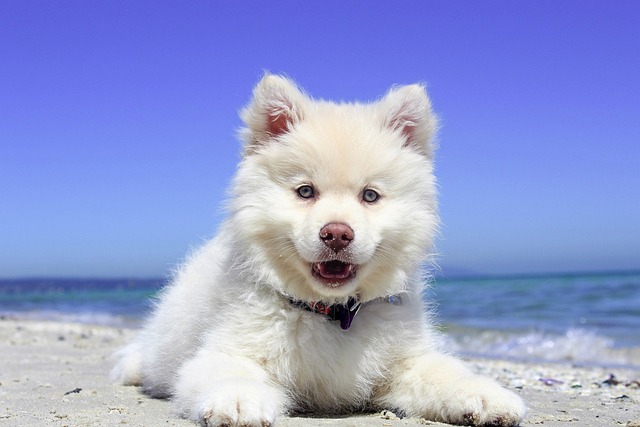
Apartment dwellers face unique challenges. Desensitize pups to elevator dings by playing recordings during meals at low volume, gradually increasing intensity. Practice "sit-wait" at every doorway using high-value turkey bits – this builds impulse control before encountering hallway distractions. During vaccine quarantine, use balcony potty patches to establish potty-leash associations safely. White noise machines muffle startling hallway sounds during critical training naps.
Progress mindfully after vaccinations:
Week 1: Quiet sidewalks, 5-minute sessions only
Week 2: Introduce distant distractions like squirrels
Week 3: Master "U-turns" away from triggers
Stuck? Certified trainers (look for IAABC credentials) offer virtual sessions. Remember: a pup who learns loose-leash walking at 4 months becomes your stress-free walking partner for life.
